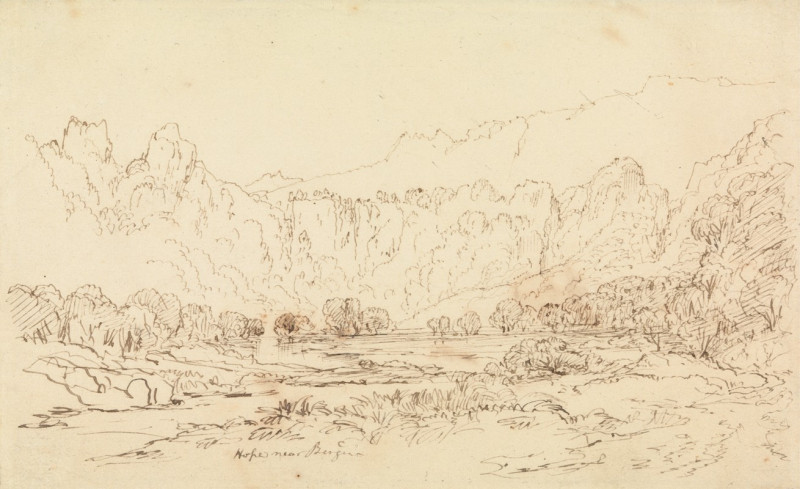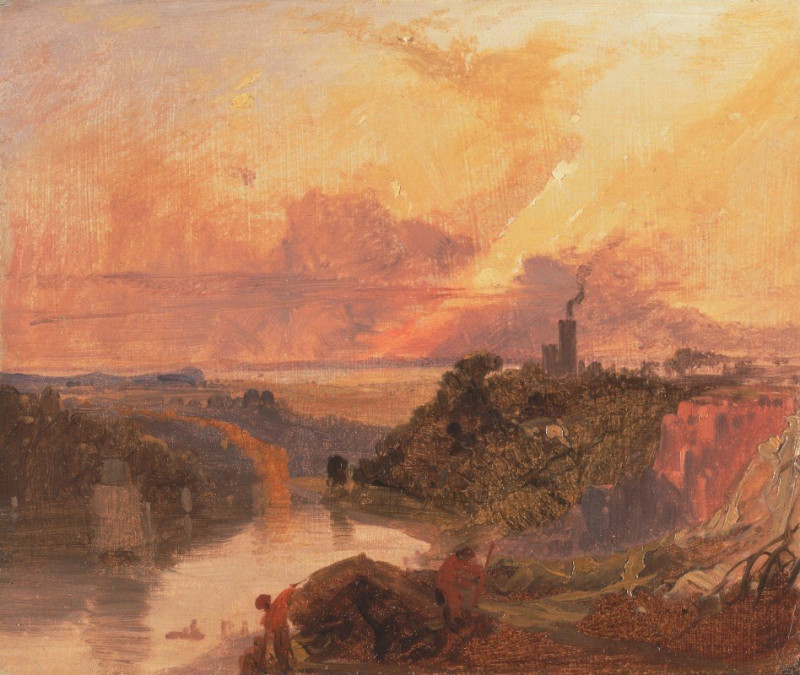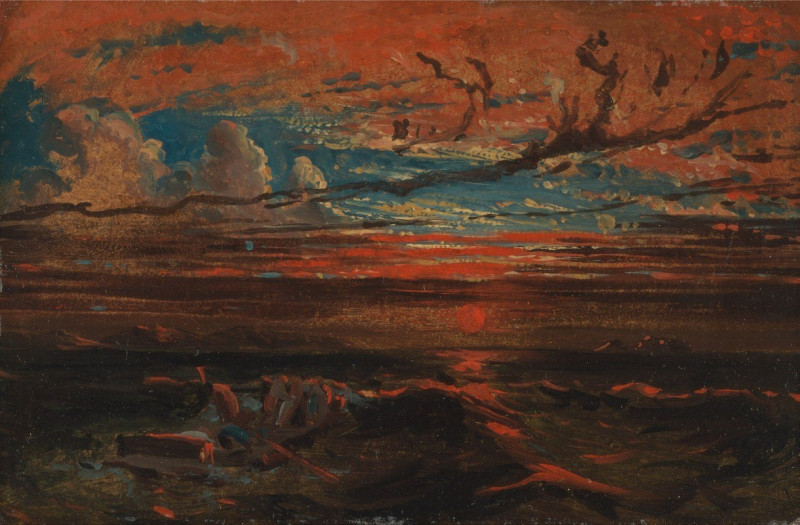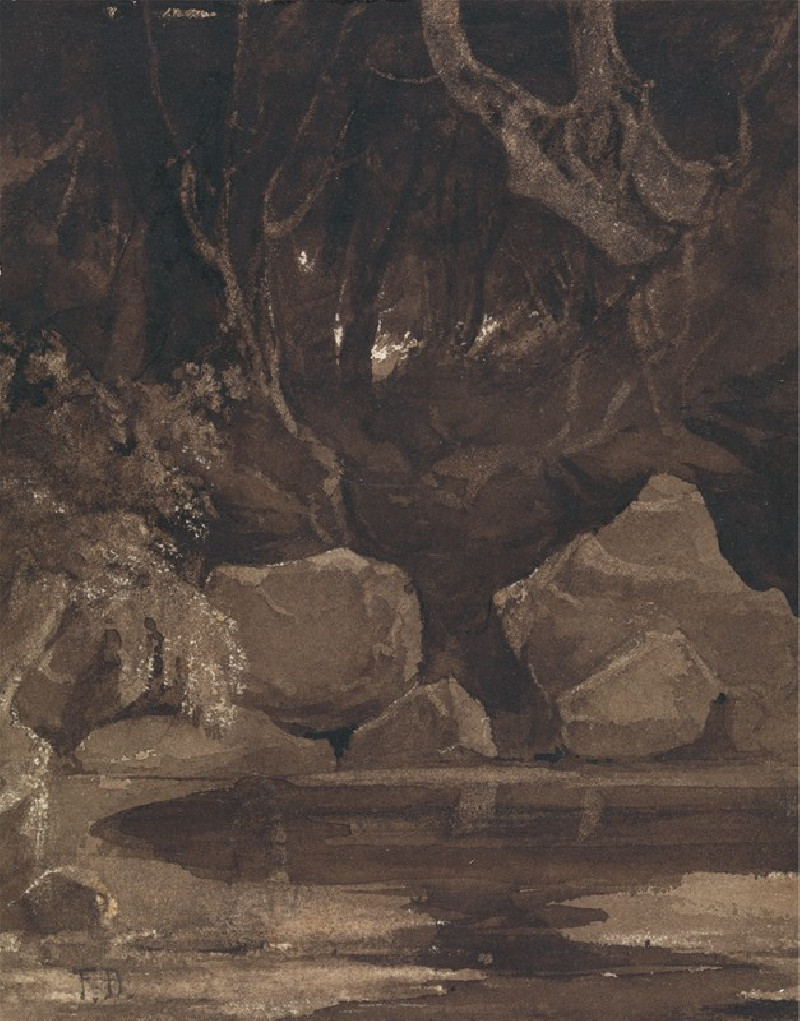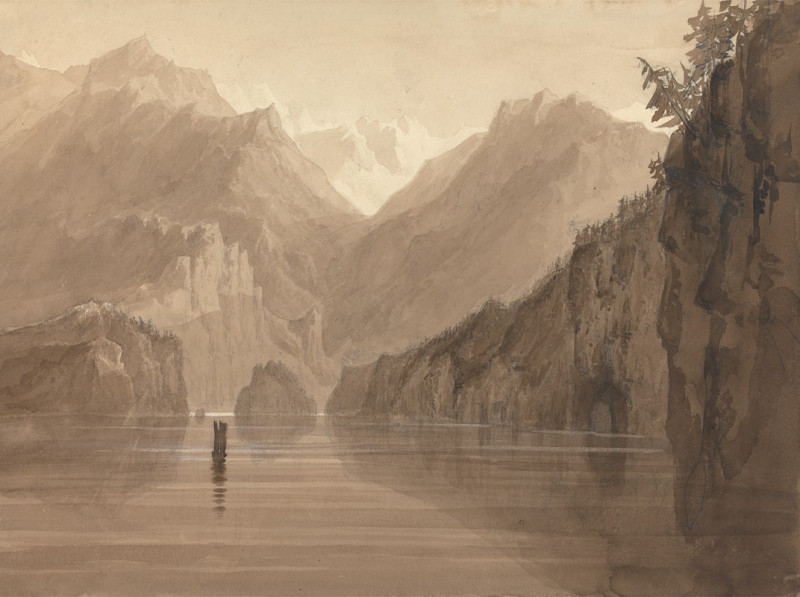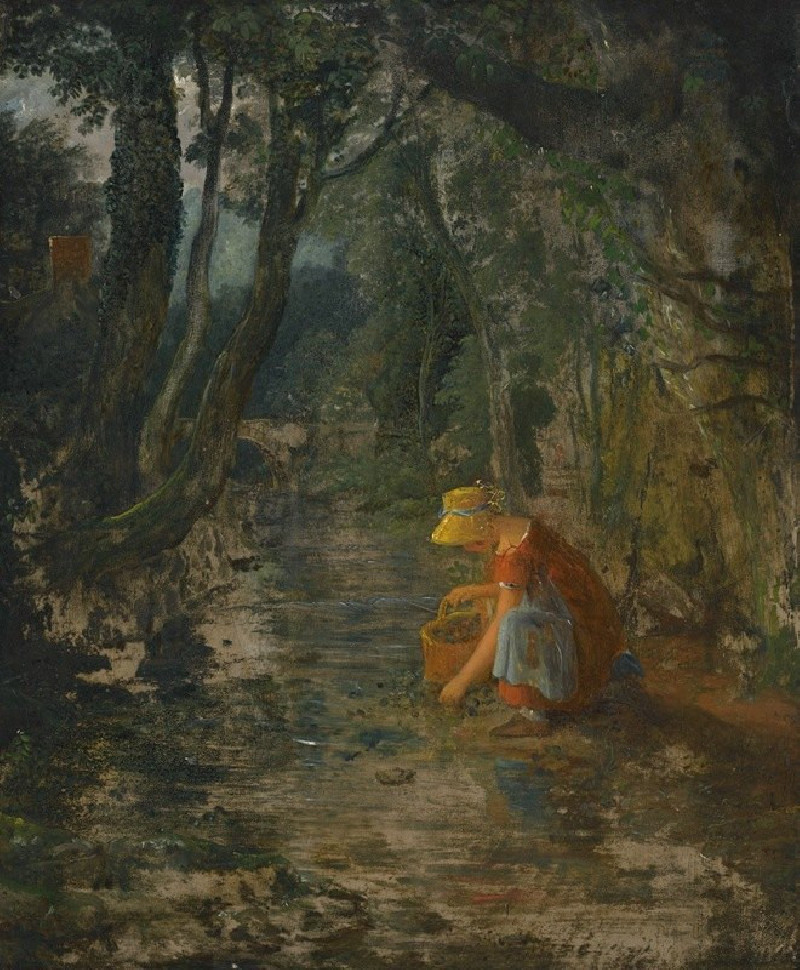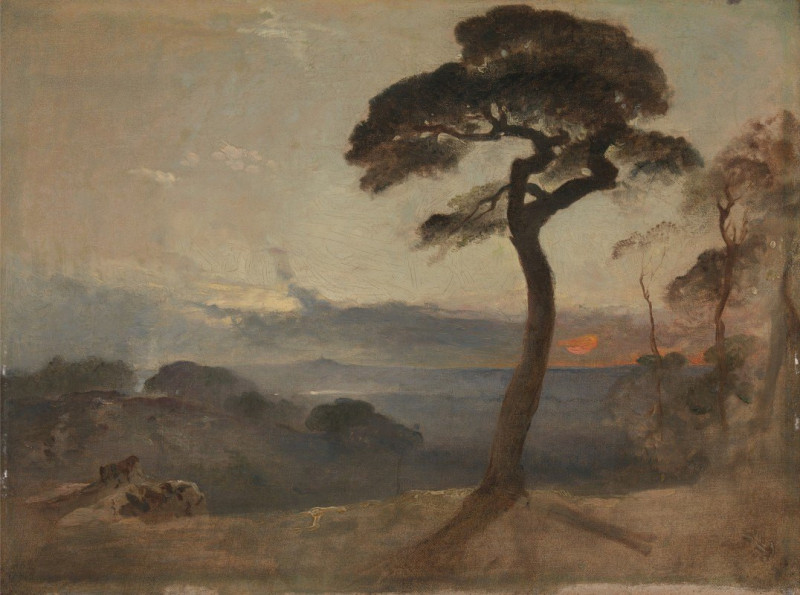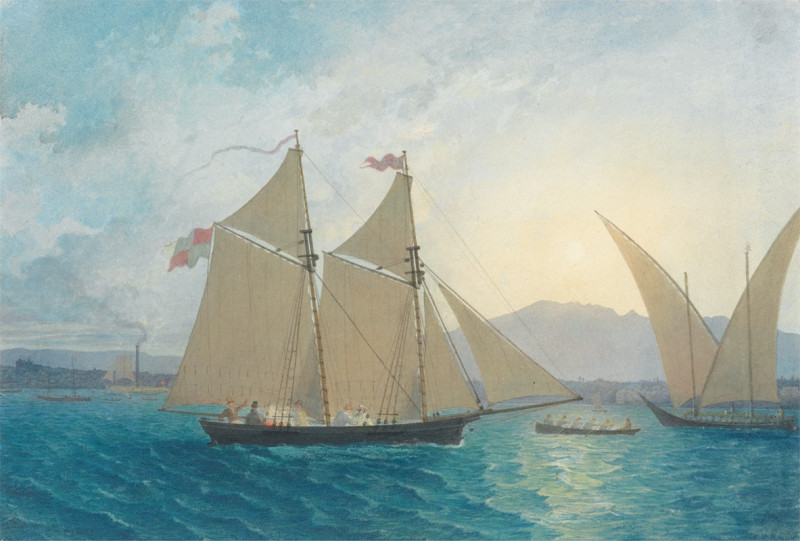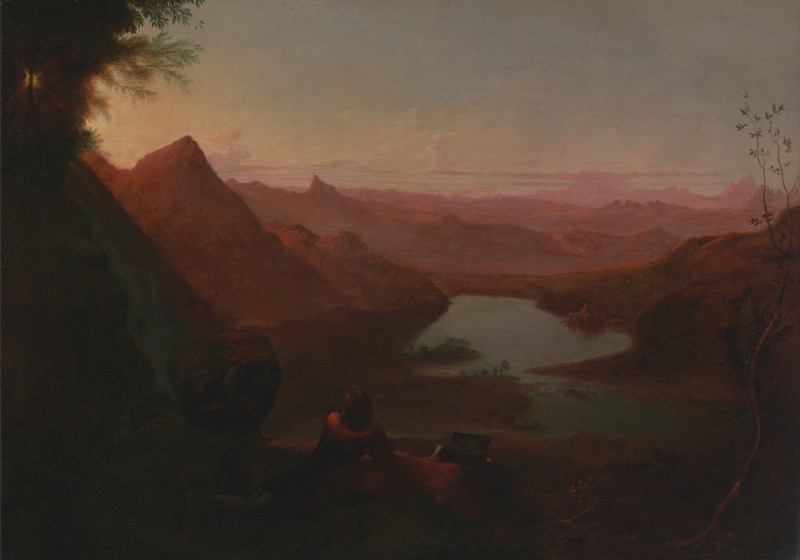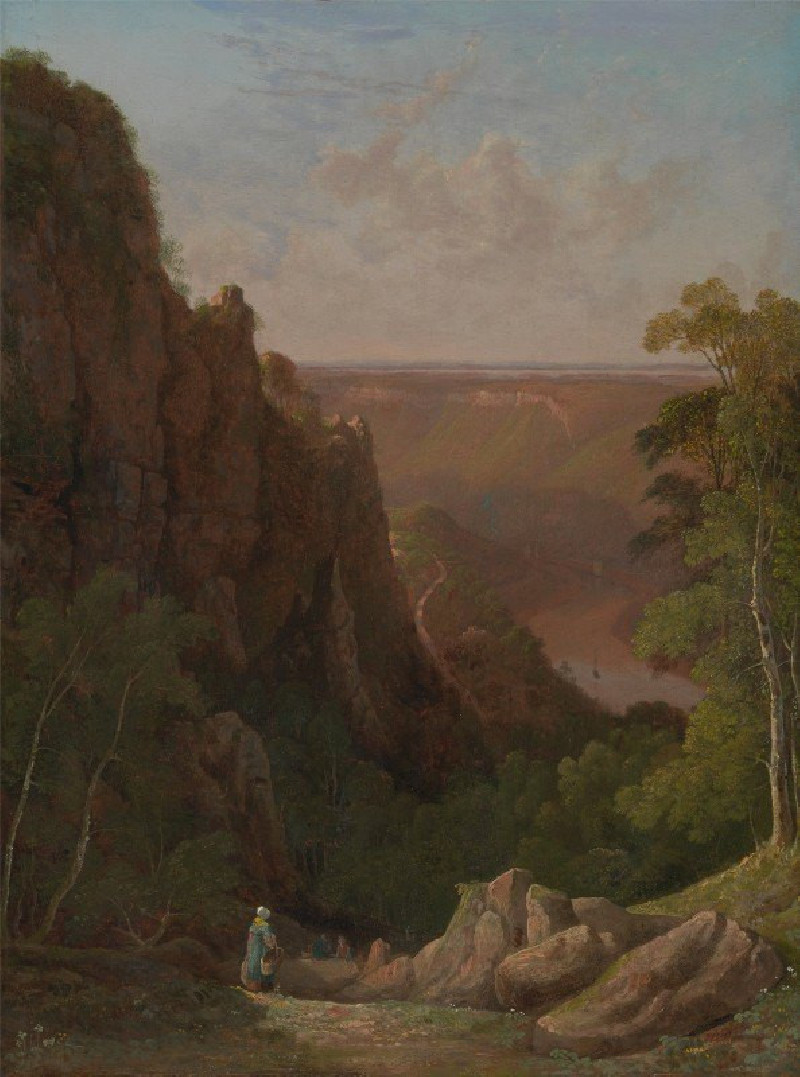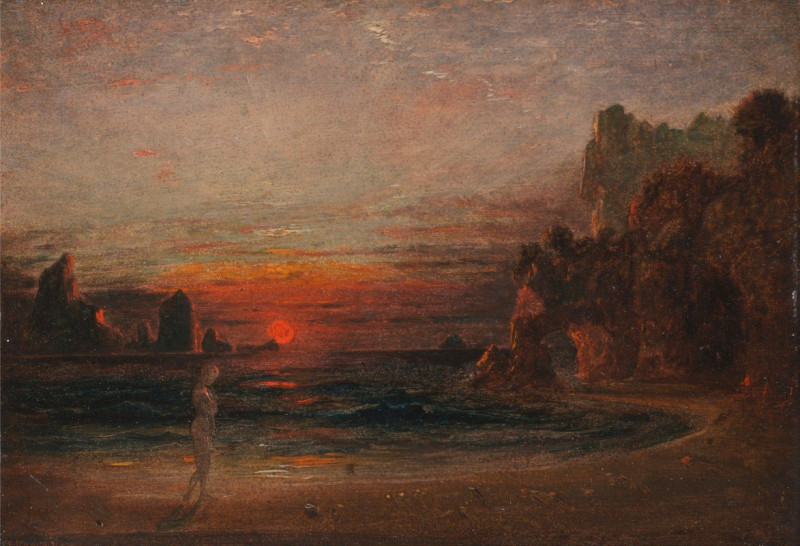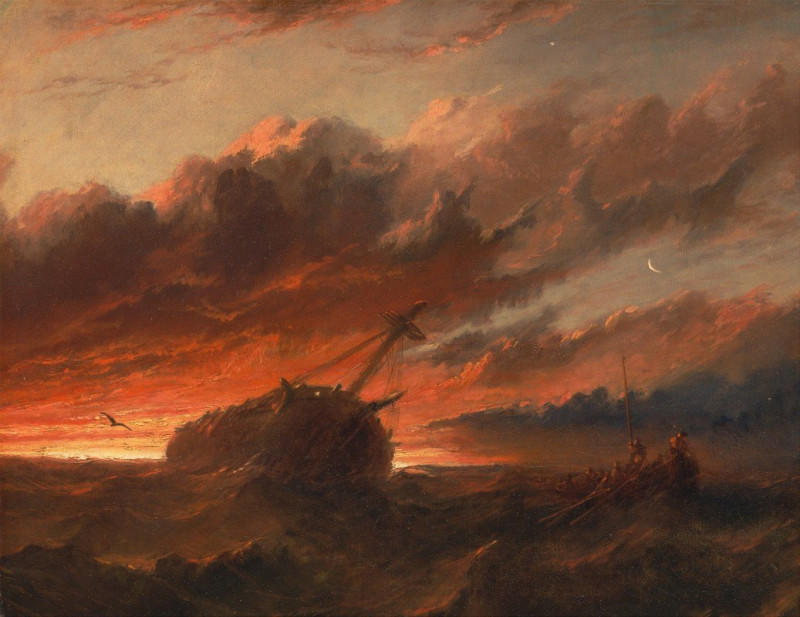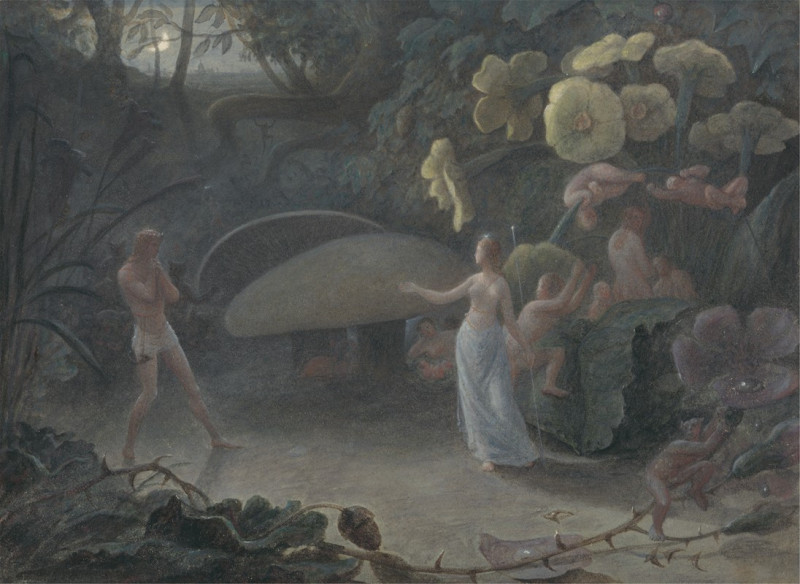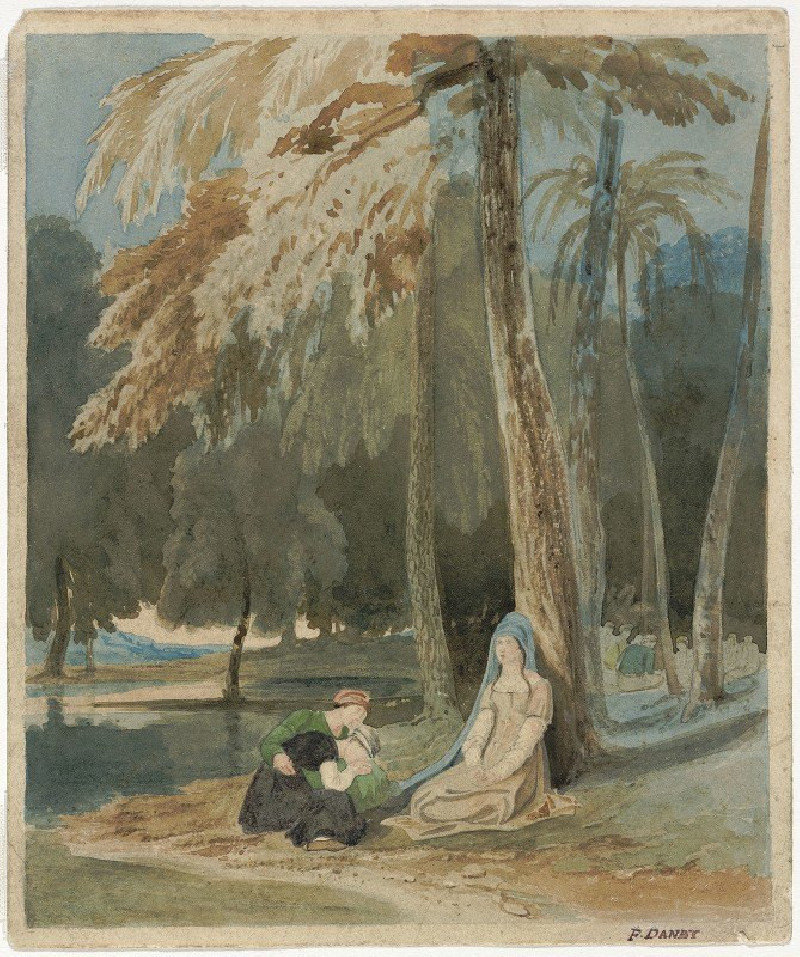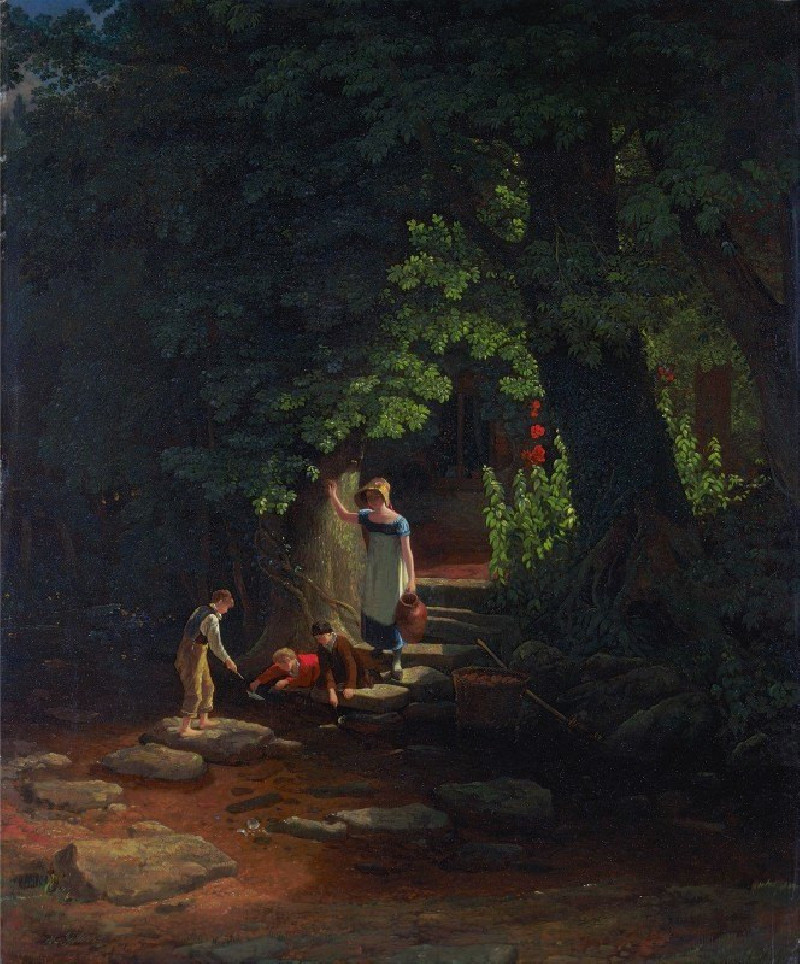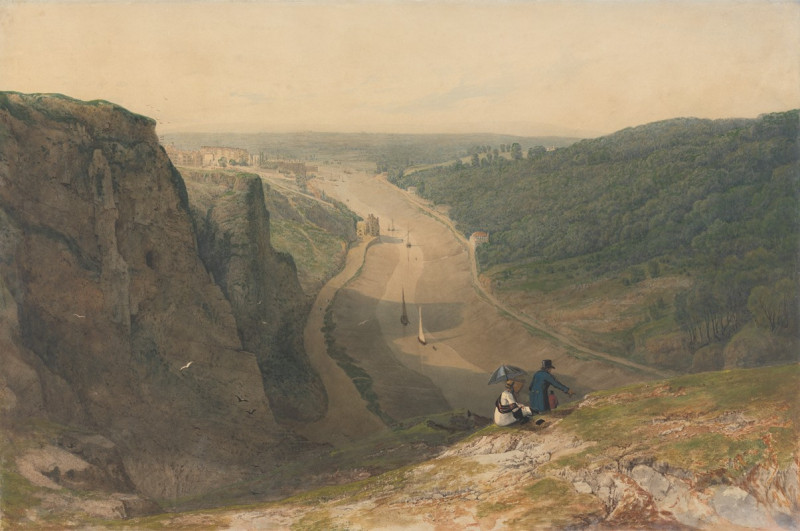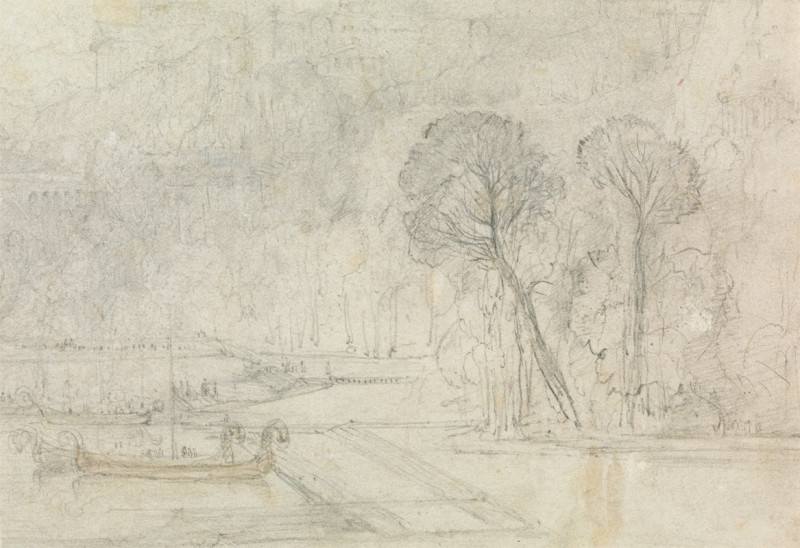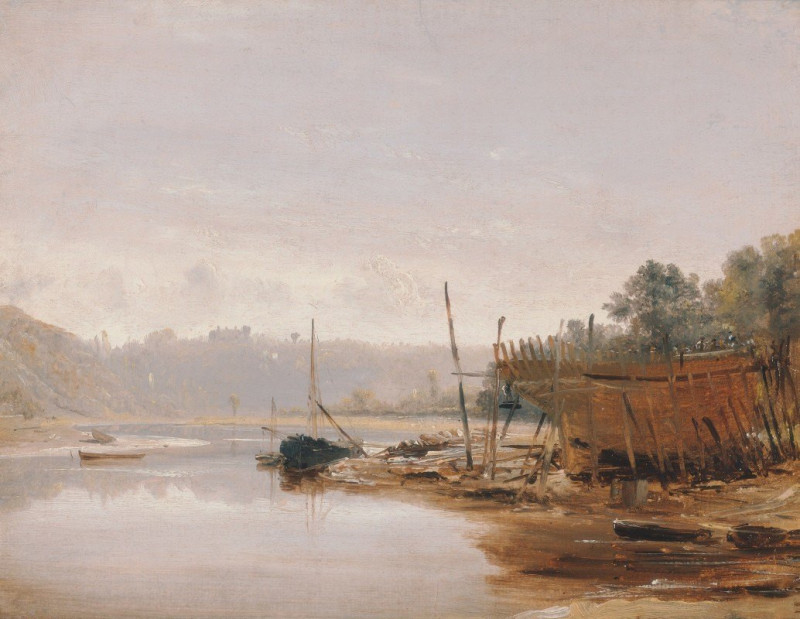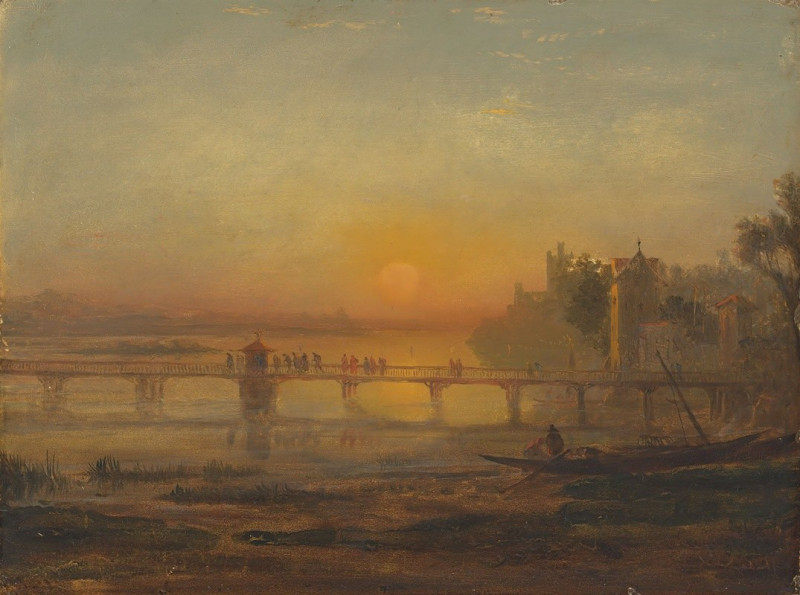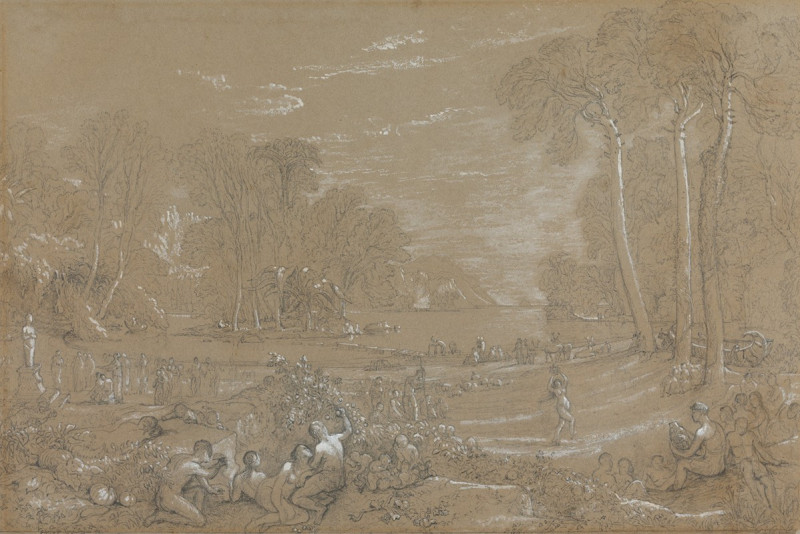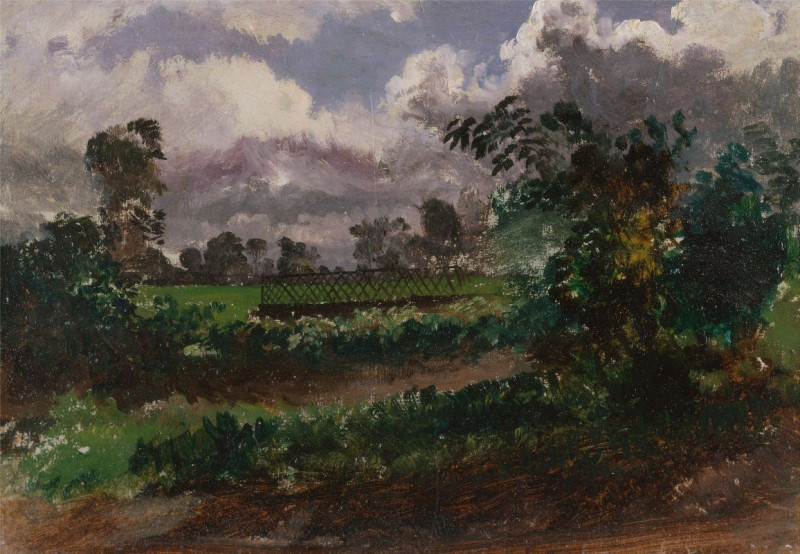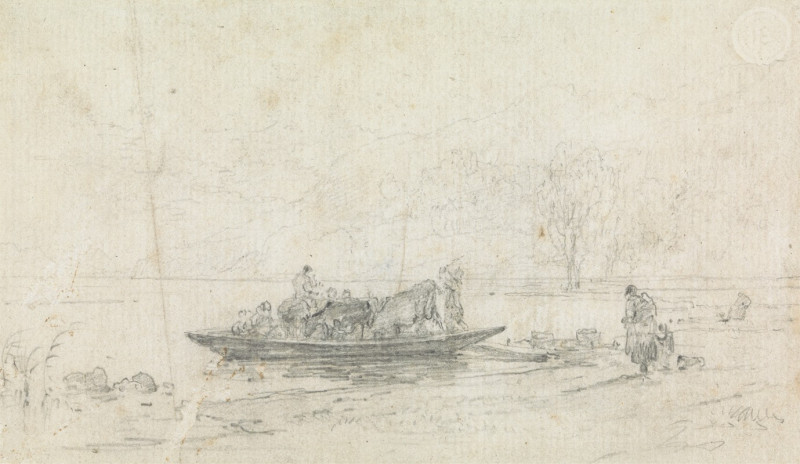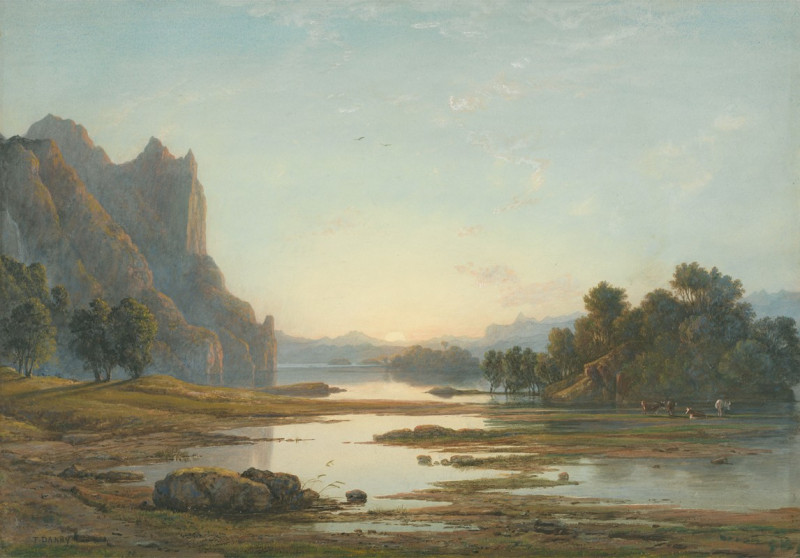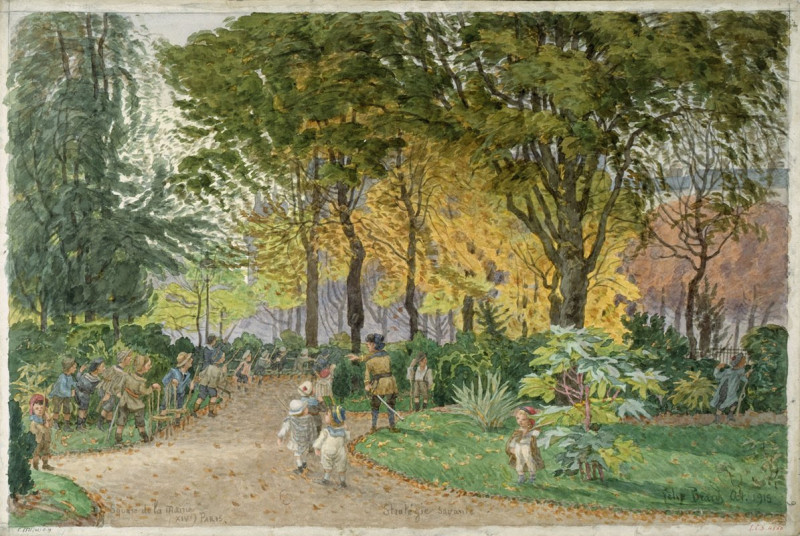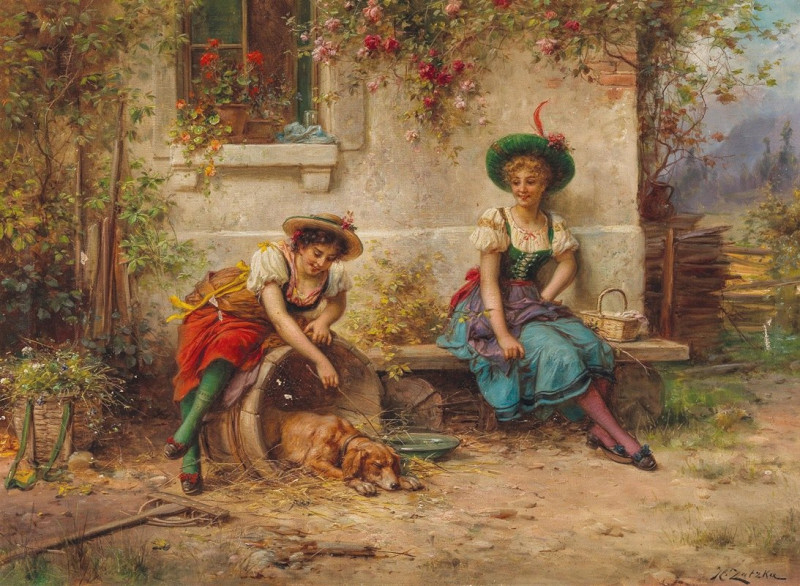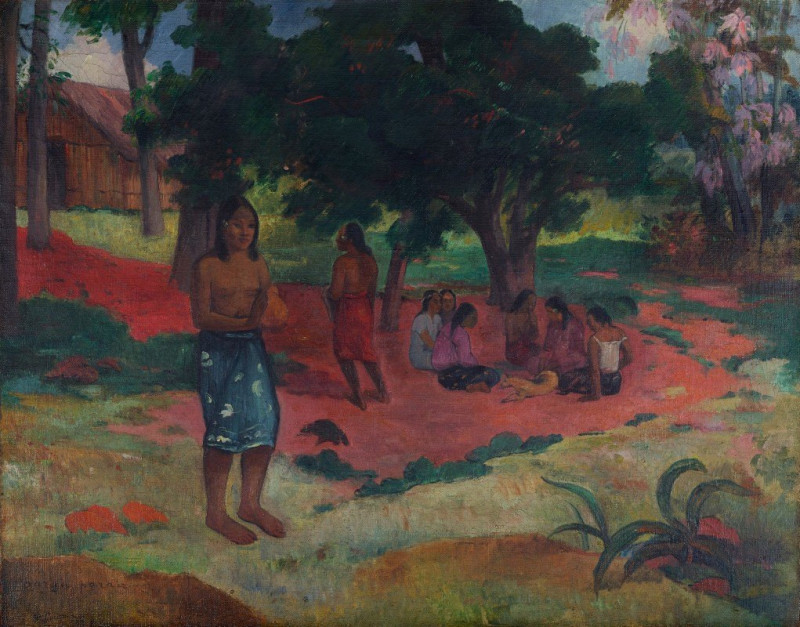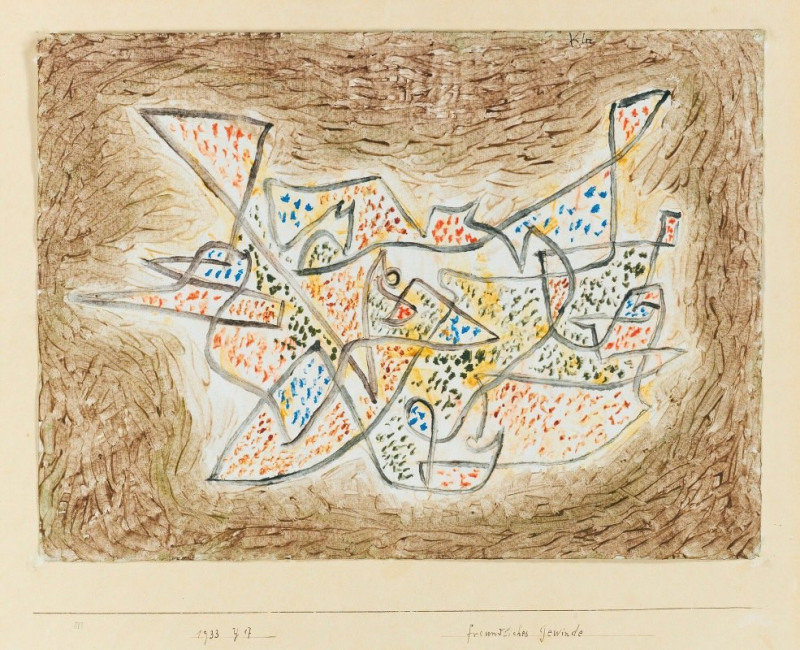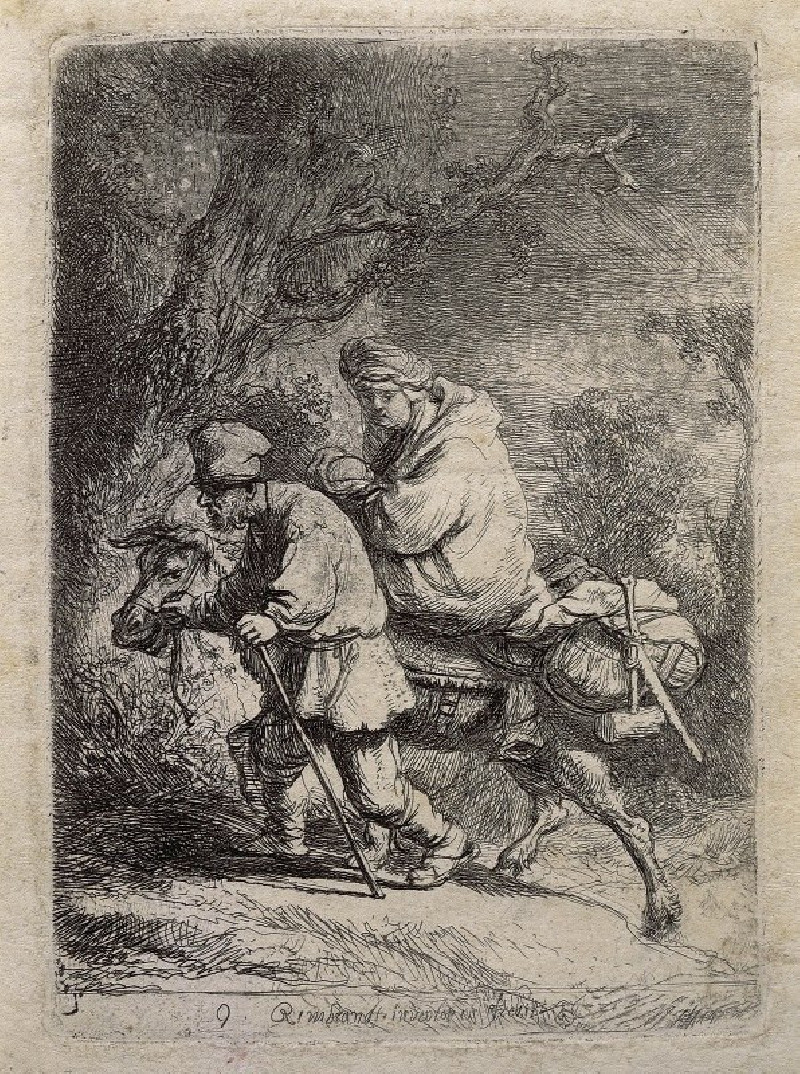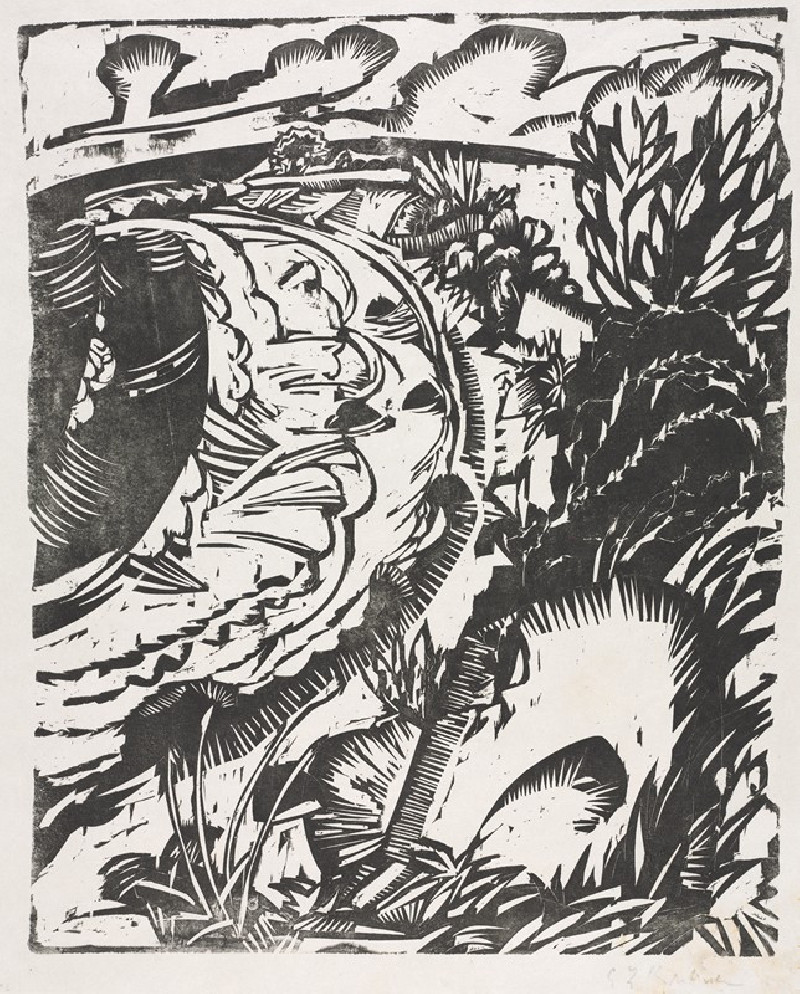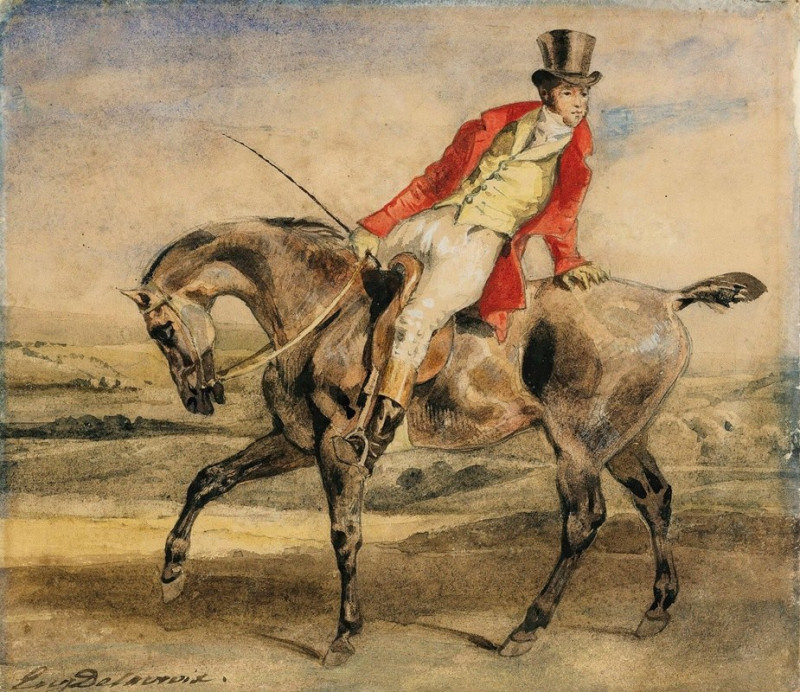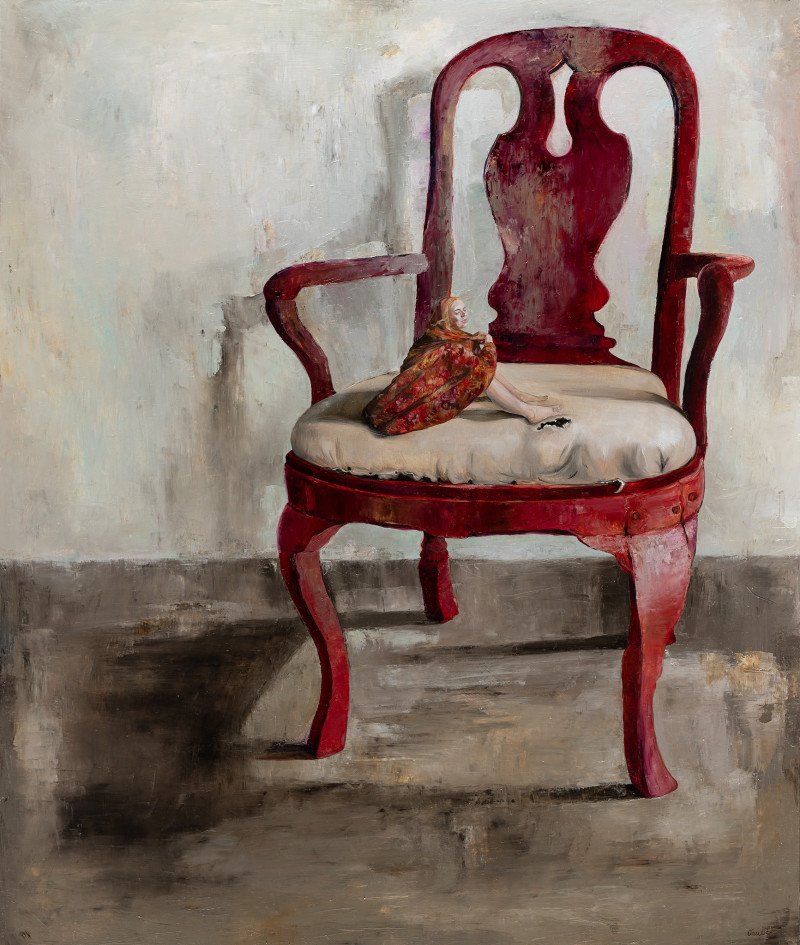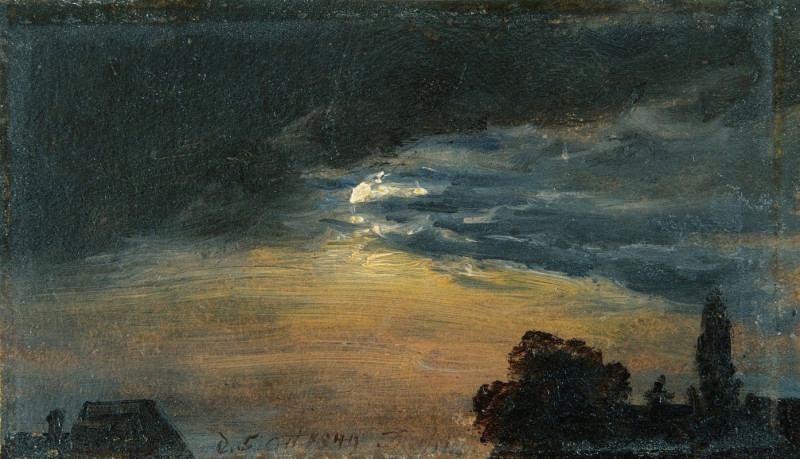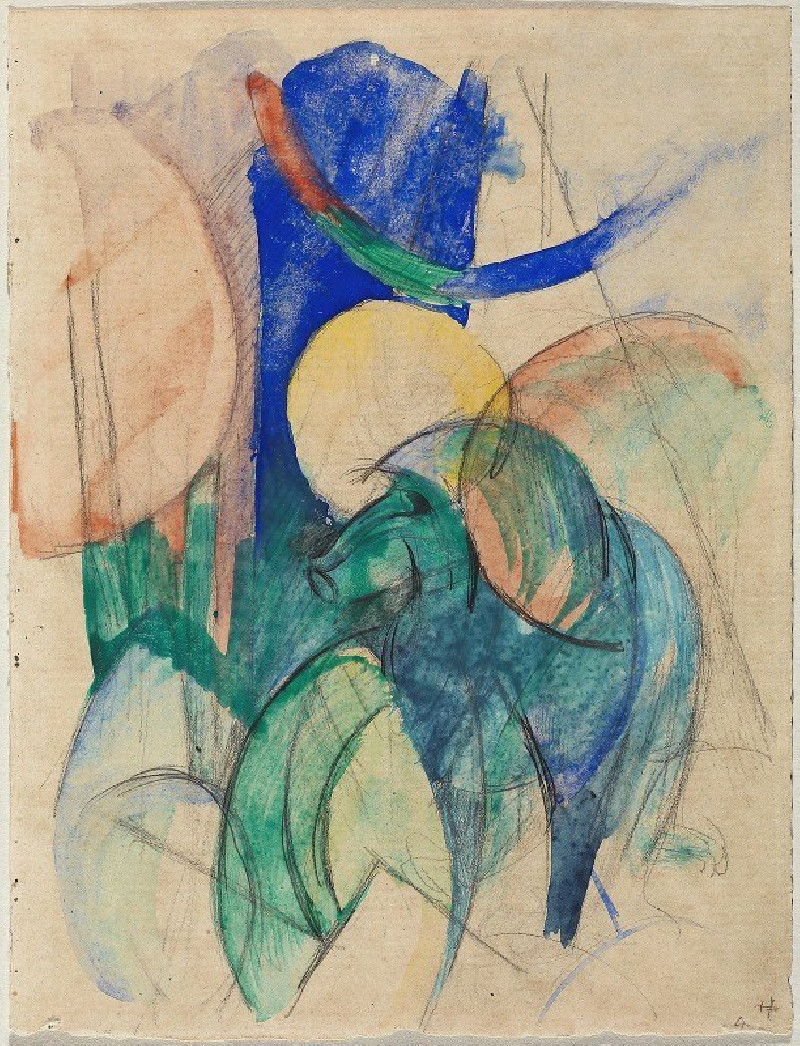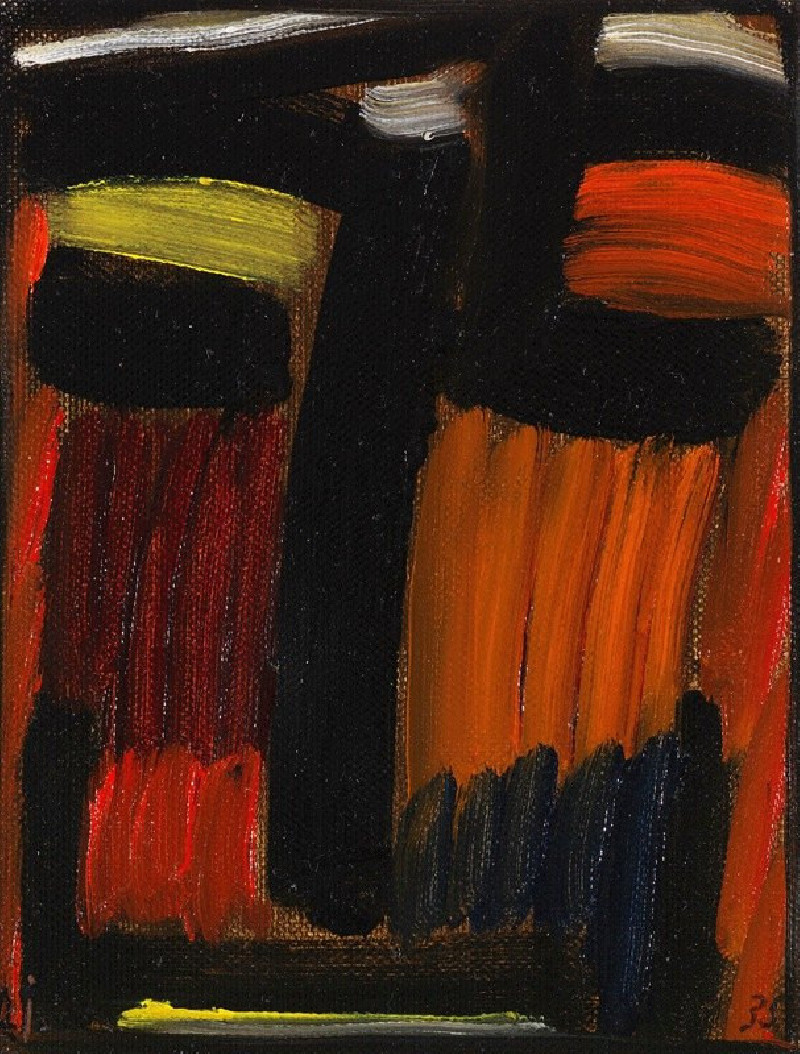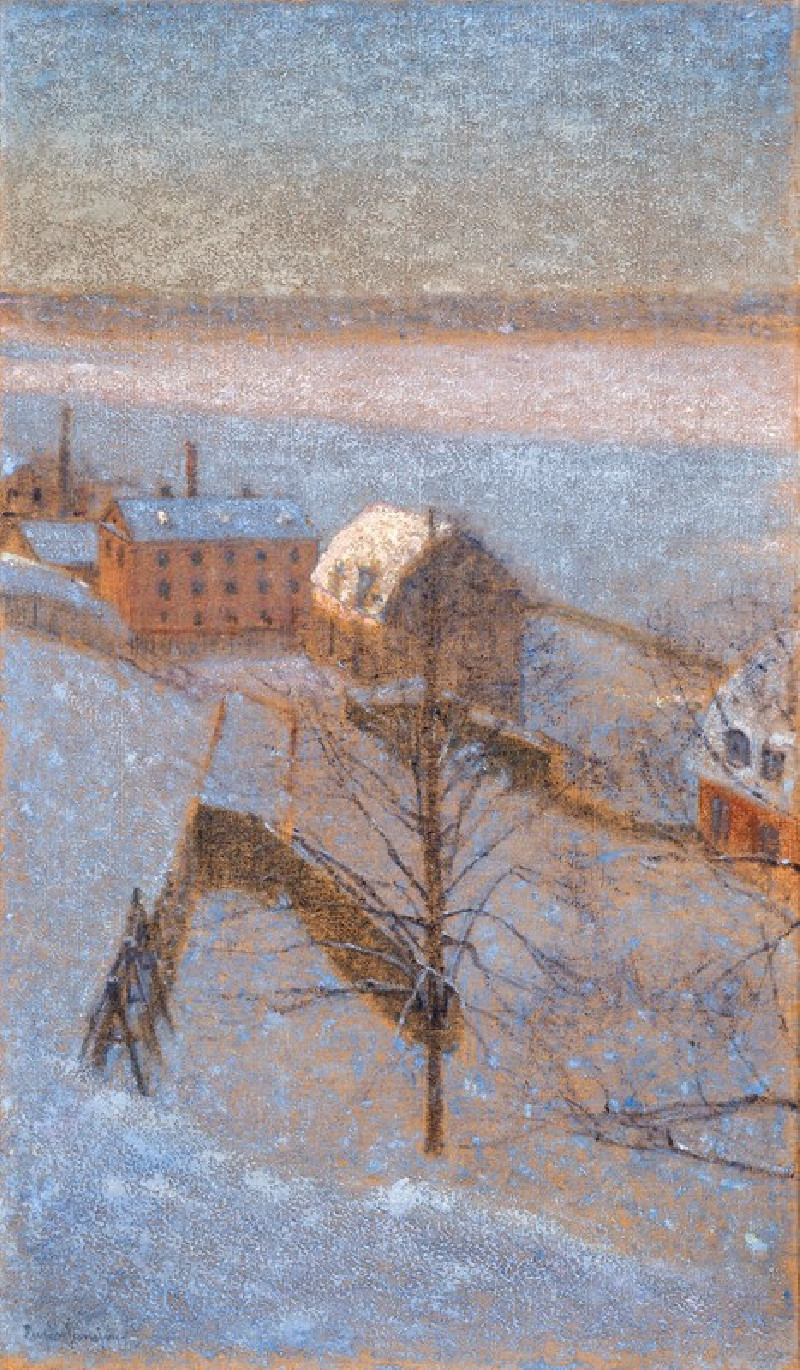Hope near Bergen (ca. 1840)
Technique: Giclée quality print
Recommended by our customers
More about this artwork
"Hope near Bergen" by Francis Danby (circa 1840) beautifully captures a serene landscape that conveys both a sense of calm and the grandeur of nature. Through Danby's graceful pen strokes, viewers are transported to a tranquil setting near Bergen, Norway. This ink drawing explores the natural landscape of the area, featuring rugged mountain cliffs that surround a serene lake.The delicate lightness of the sketch accentuates the inviting and peaceful water at the center, while the carefully detailed trees add depth to the composition. With its simple yet evocative execution, Danby skilfully coaxes out the essence of this Nordic scenery, drawing attention to its stunning natural beauty and atmosphere of stillness.A prime example of landscape art in the 19th century, this work not only portrays the enchanting scenery but also evokes feelings of hope and peaceful contemplation, as suggested by its title.
Delivery
Returns
Francis Danby (16 November 1793 – 9 February 1861) was an Irish painter of the Romantic era. His imaginative, dramatic landscapes were comparable to those of John Martin. Danby initially developed his imaginative style while he was the central figure in a group of artists who have come to be known as the Bristol School. His period of greatest success was in London in the 1820s.

